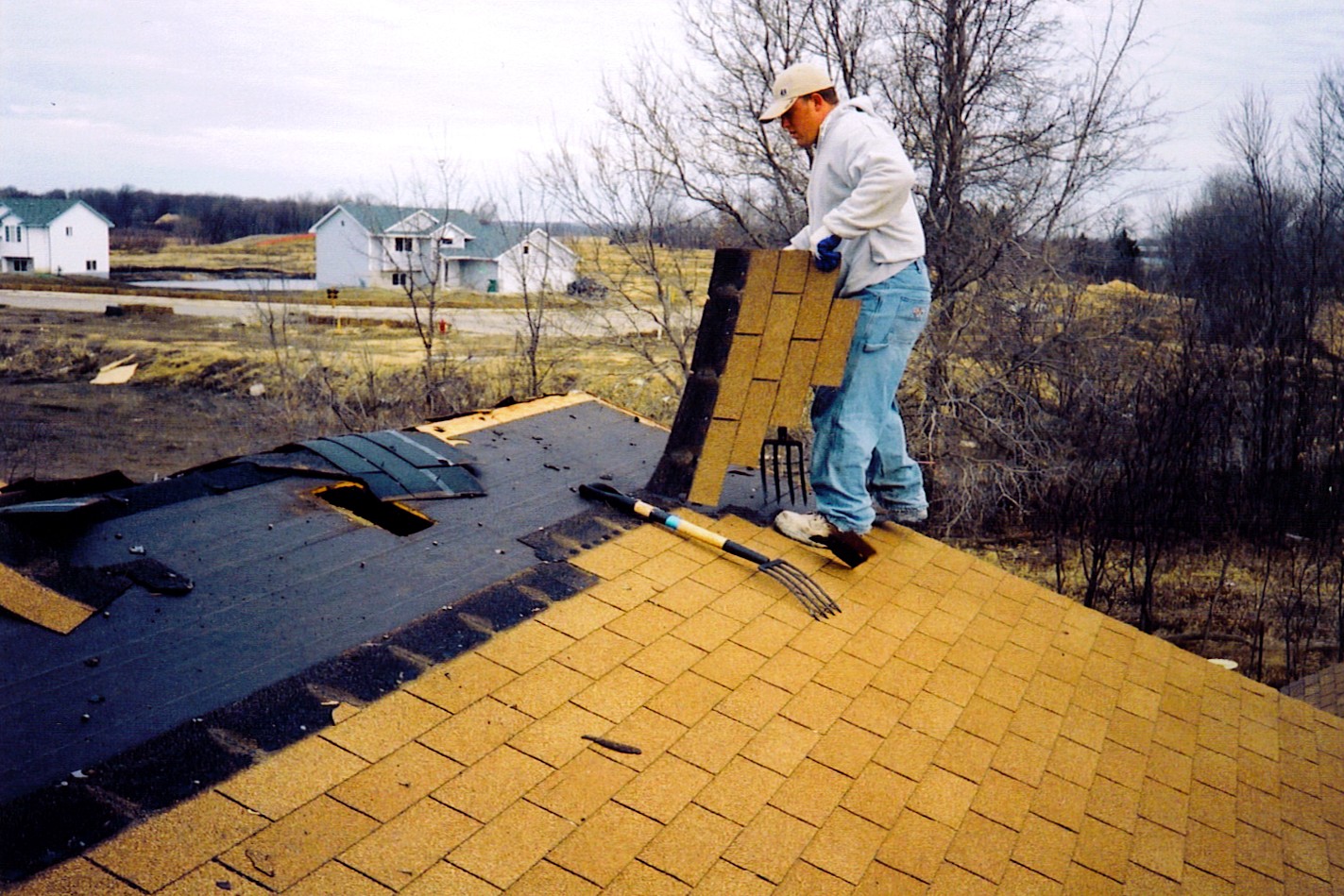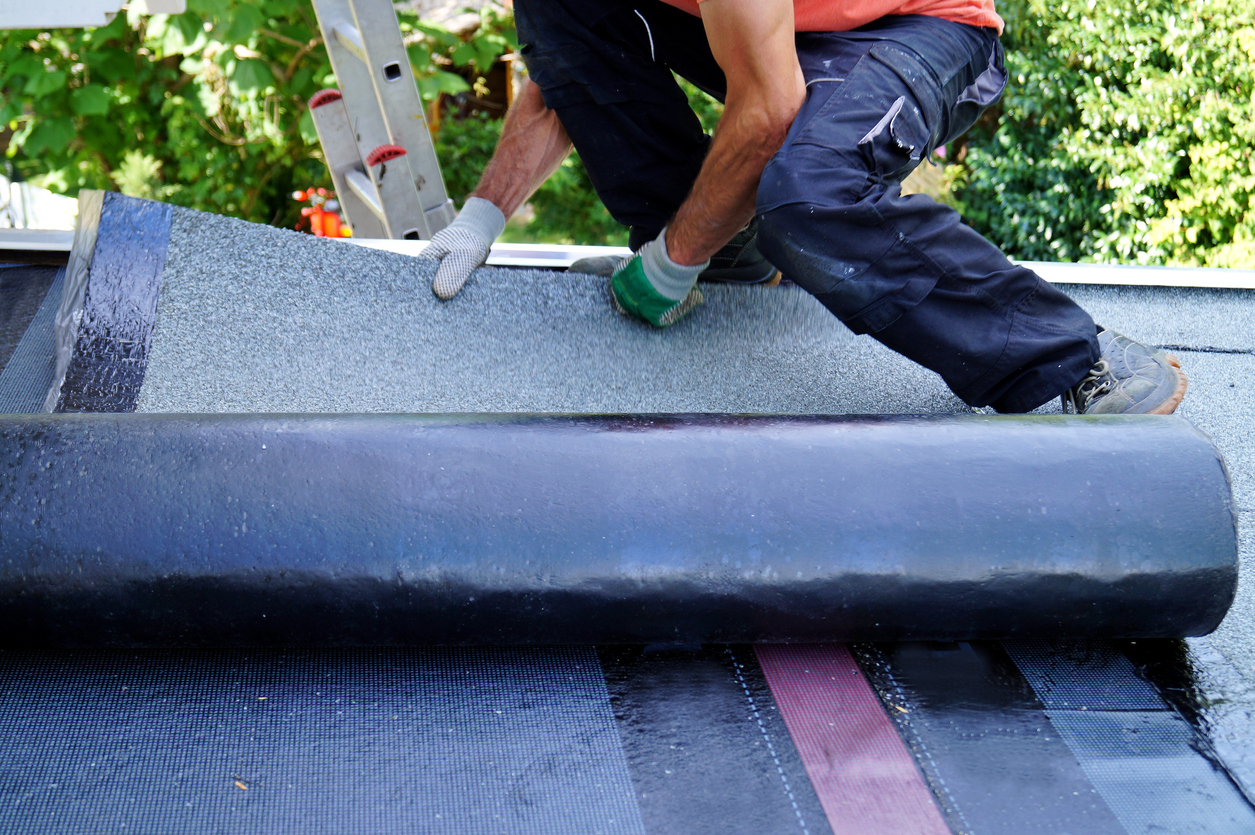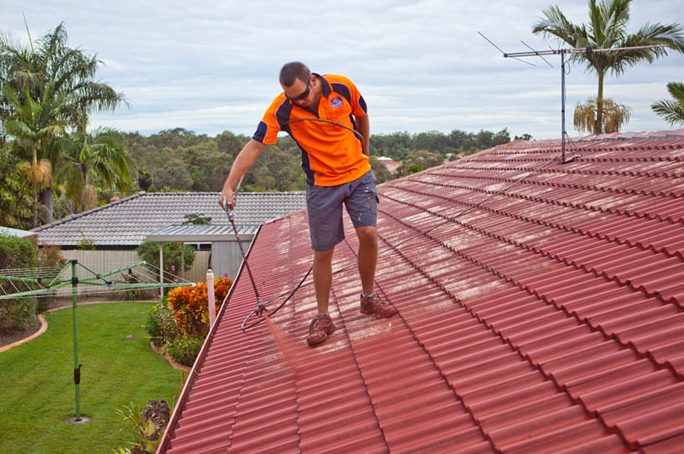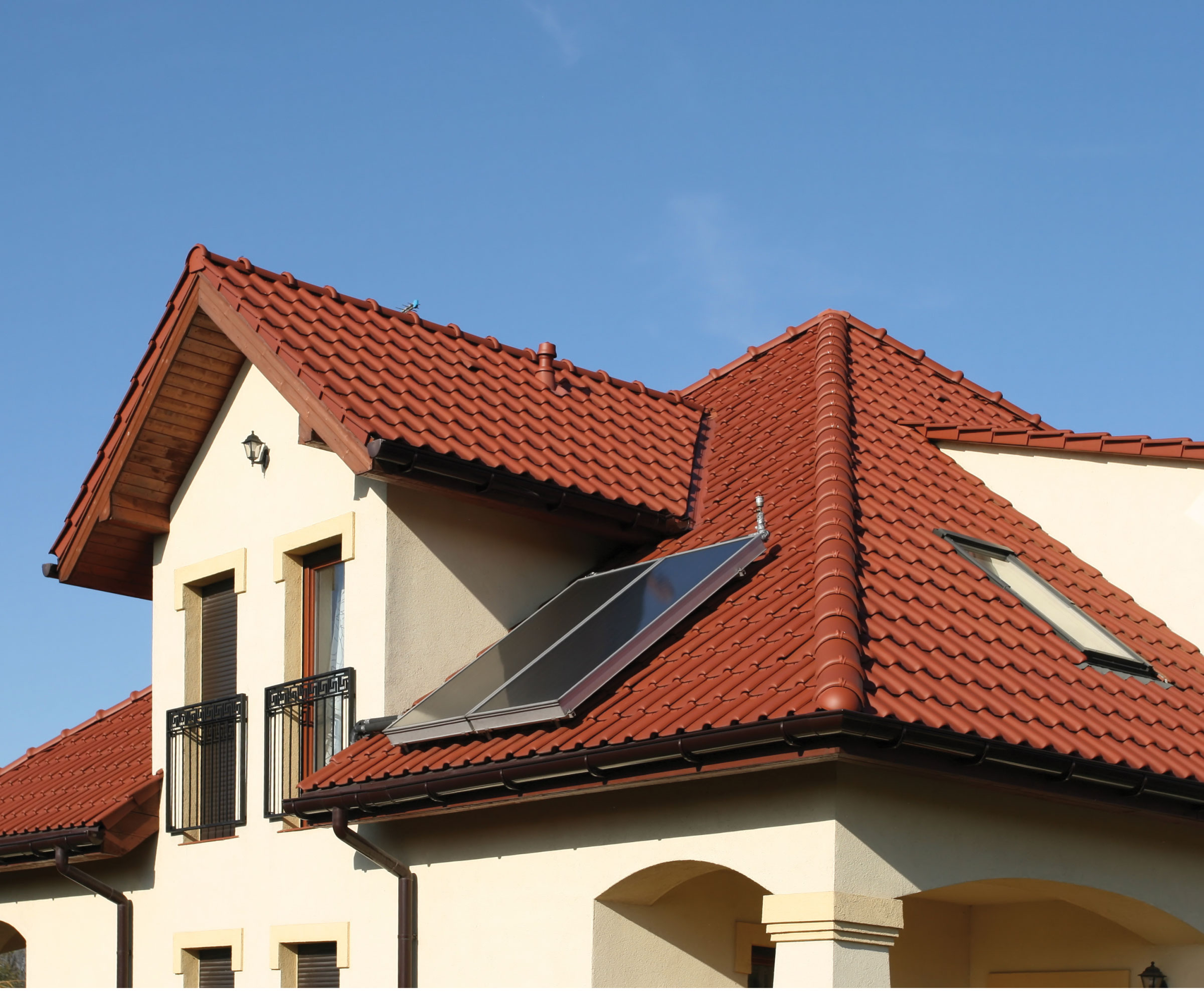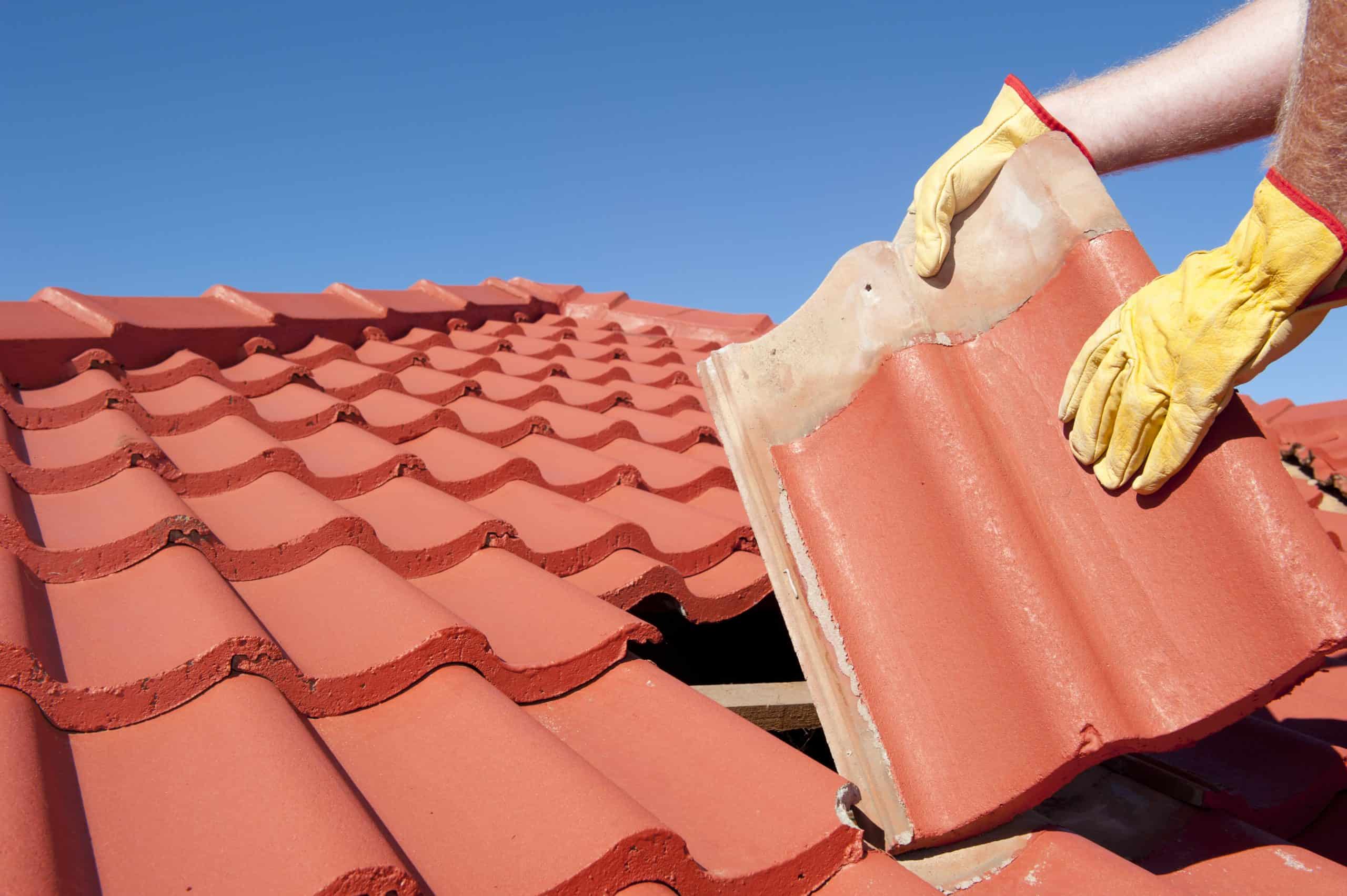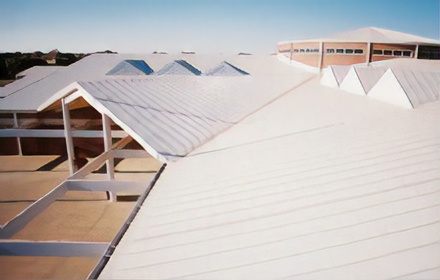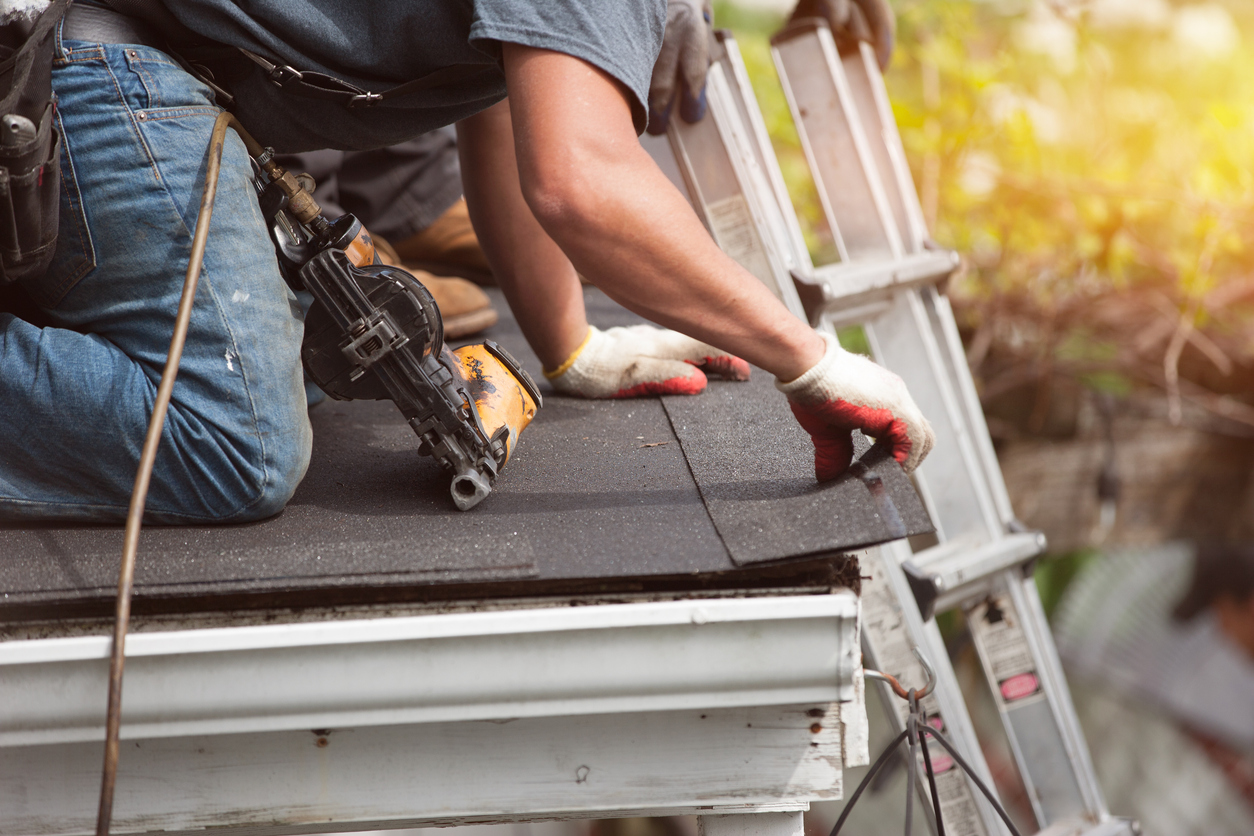Repairing or Replacing Duvall Roofing – The Types of Roofing
Roofing on many rural homes after the winter will be in need of repair or even replacement. Minor repairs can be done without expert help. You should plan in advance to consult an expert. The repairing method depends on the type of covering, the degree of damage and the roof structure. What should be taken into account?
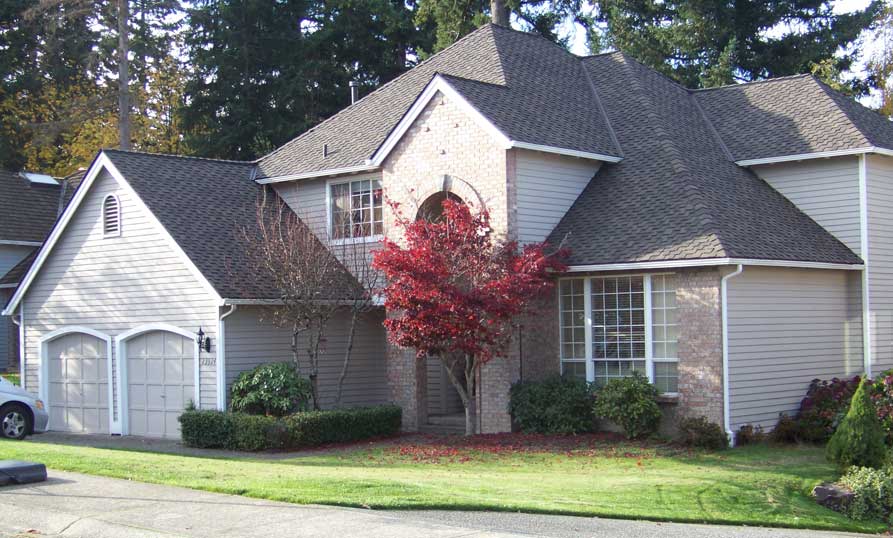
Repair or replace?
It can not specify that a complete replacement is needed only when it is damaged. It depends on the type of damage, and also on the cost of repair. But when it begins to damage severely, it is usually necessary to replace the whole. Self-help can work for only a few damaged shingles or templates, but repairing a larger area, flashing, waterproofing and insulation must be left to professionals. At first glance, it may seem that such work is not complicated, but, for example, thermal bridges through which heat escapes often arise amateur insulation. There are some types of roofing materials:
– Ceramic and concrete tiles: Weight does not matter too much, but this roof structure has a greater effect due to snow load.
– Metal roofing: A big advantage is the low weight and smooth (skived) covering. It is more suited to older buildings.
– Fiber templates: If you are finished with anti-adhering dirt, it may have a similar use as sheet metal. It is particularly suitable for older rural houses and farm buildings
– Slate templates: They are expensive, but they represent a profitable investment for next seventy years.
– Asphalt template: It is a light and ductile covering, but tends to have a different quality and durability. Installation is yet quite challenging.
– Shingles and thatch: For timbered house with wooden shingle, it is perfect.
Furthermore, you can get expert advice from Duvall Roofing Company for Duvall roofing.

Claire Derrick is a home blogger who loves to share her experiences with others. She likes being motivated and encourages people to be the best they can be.


